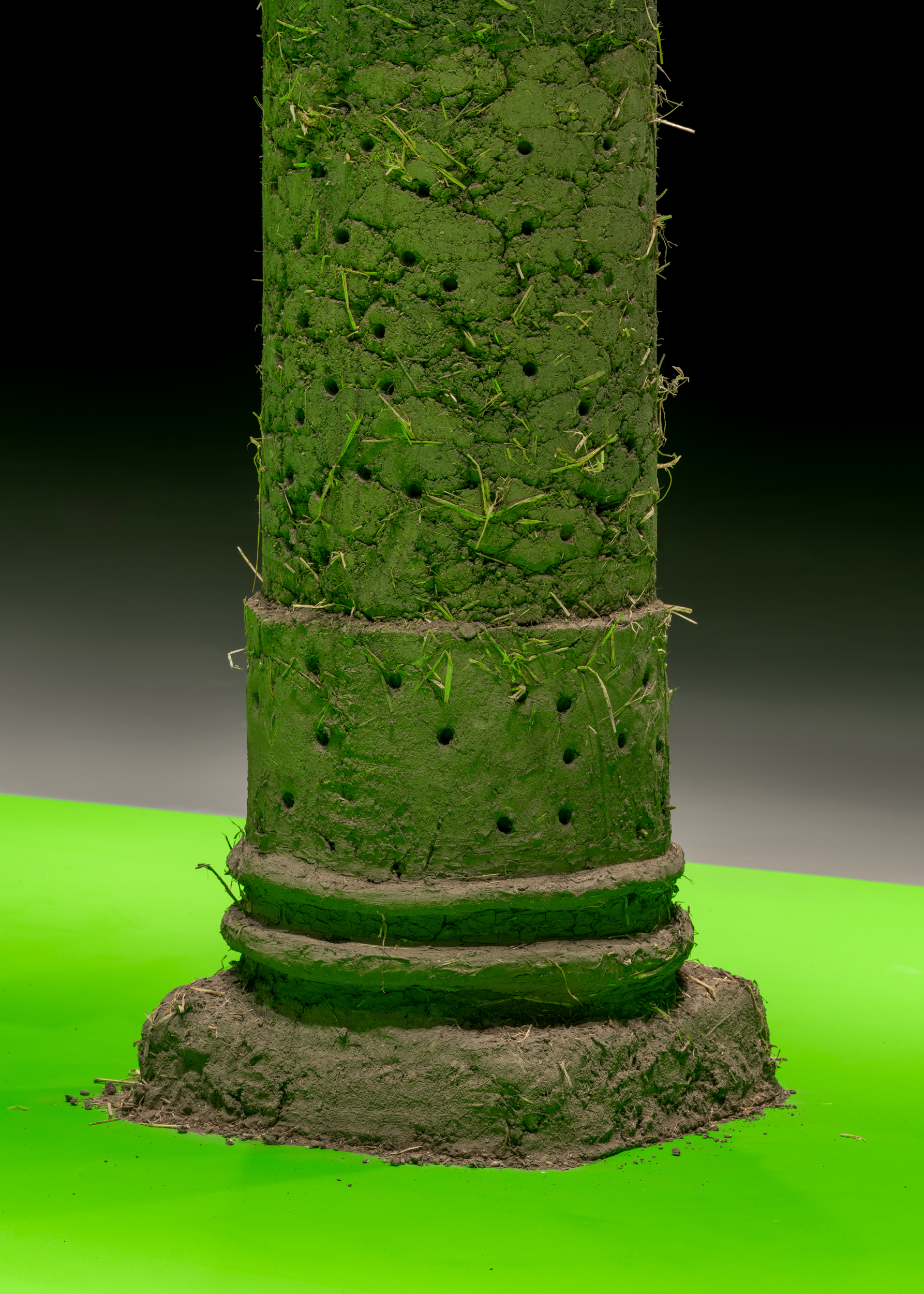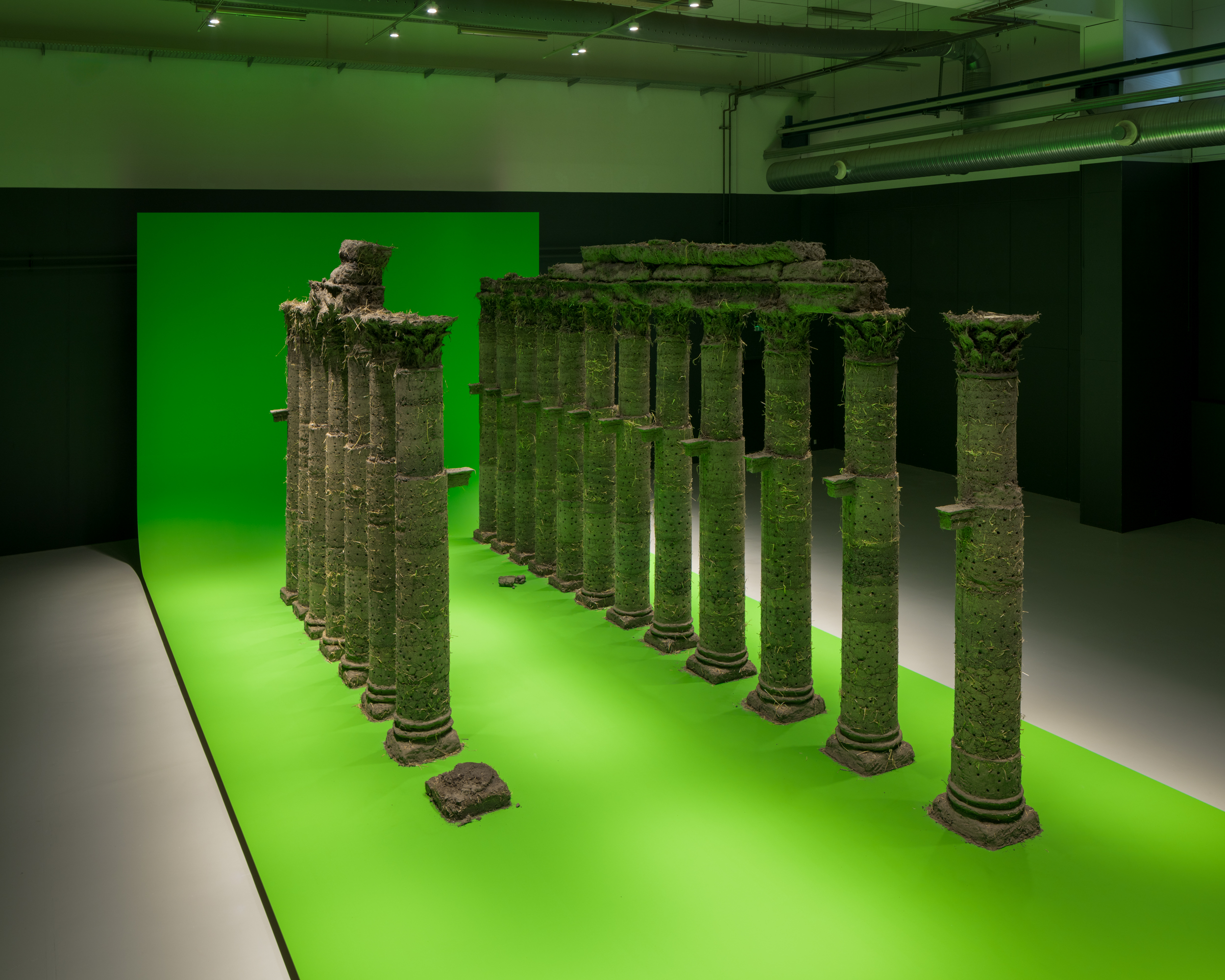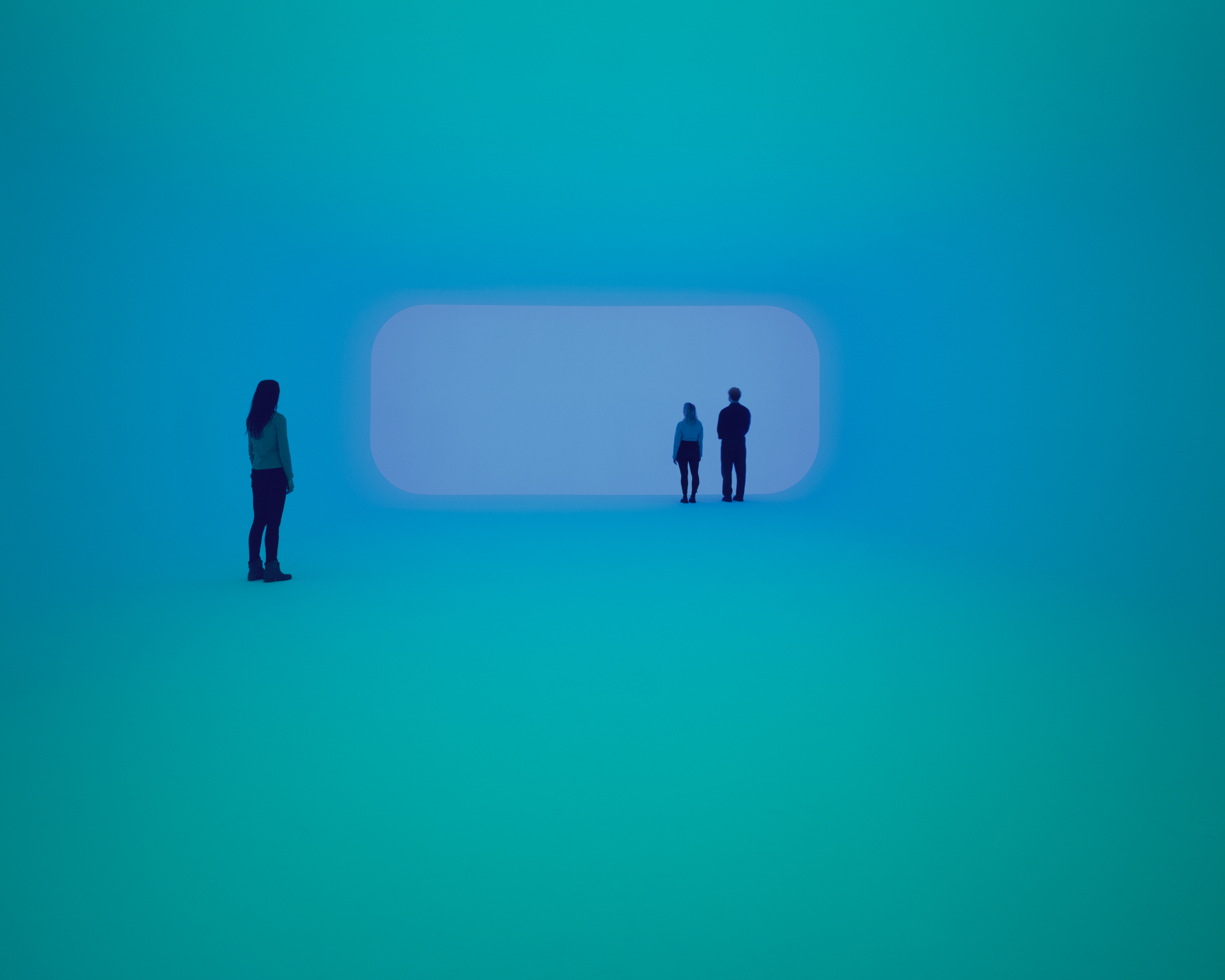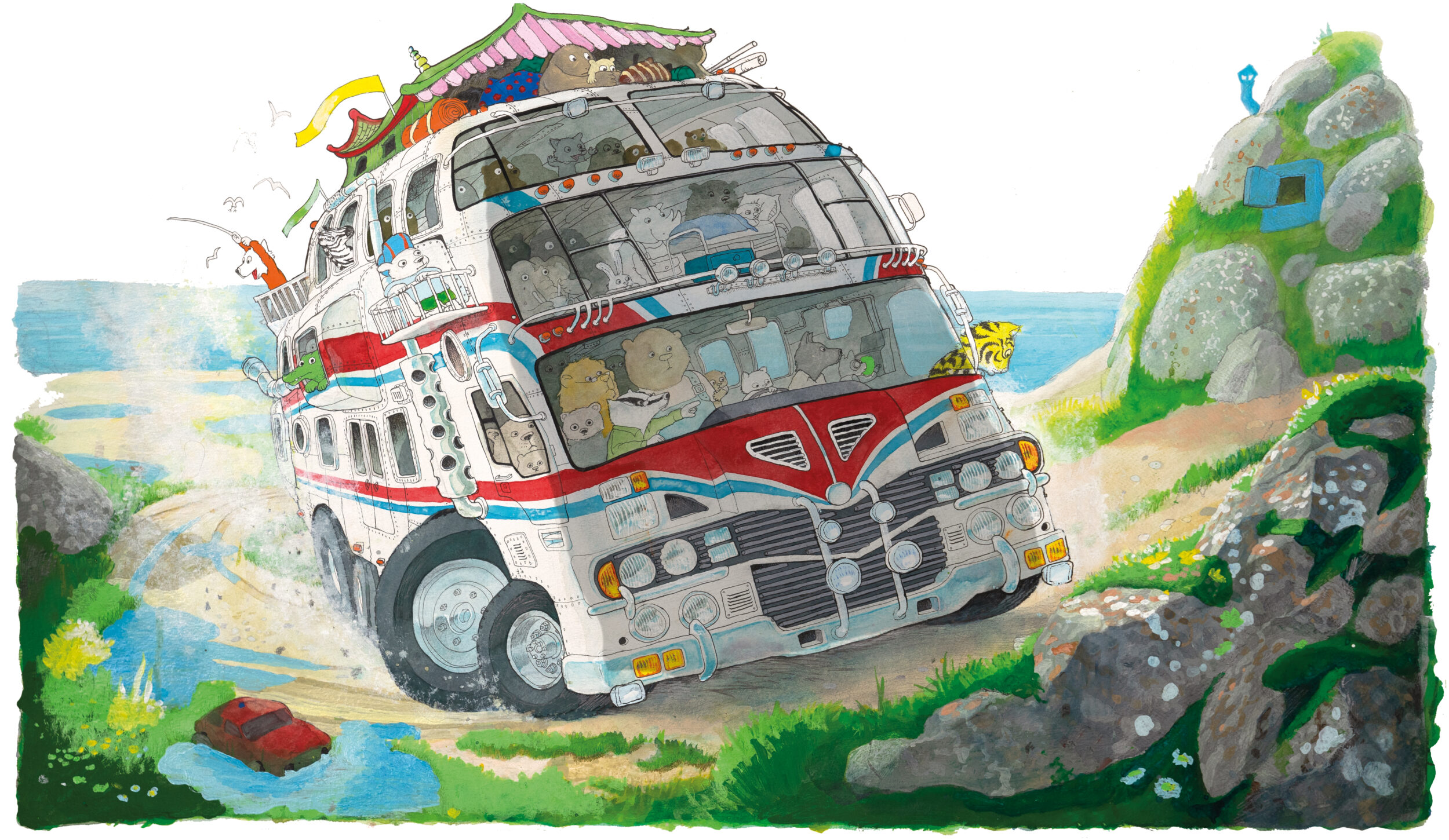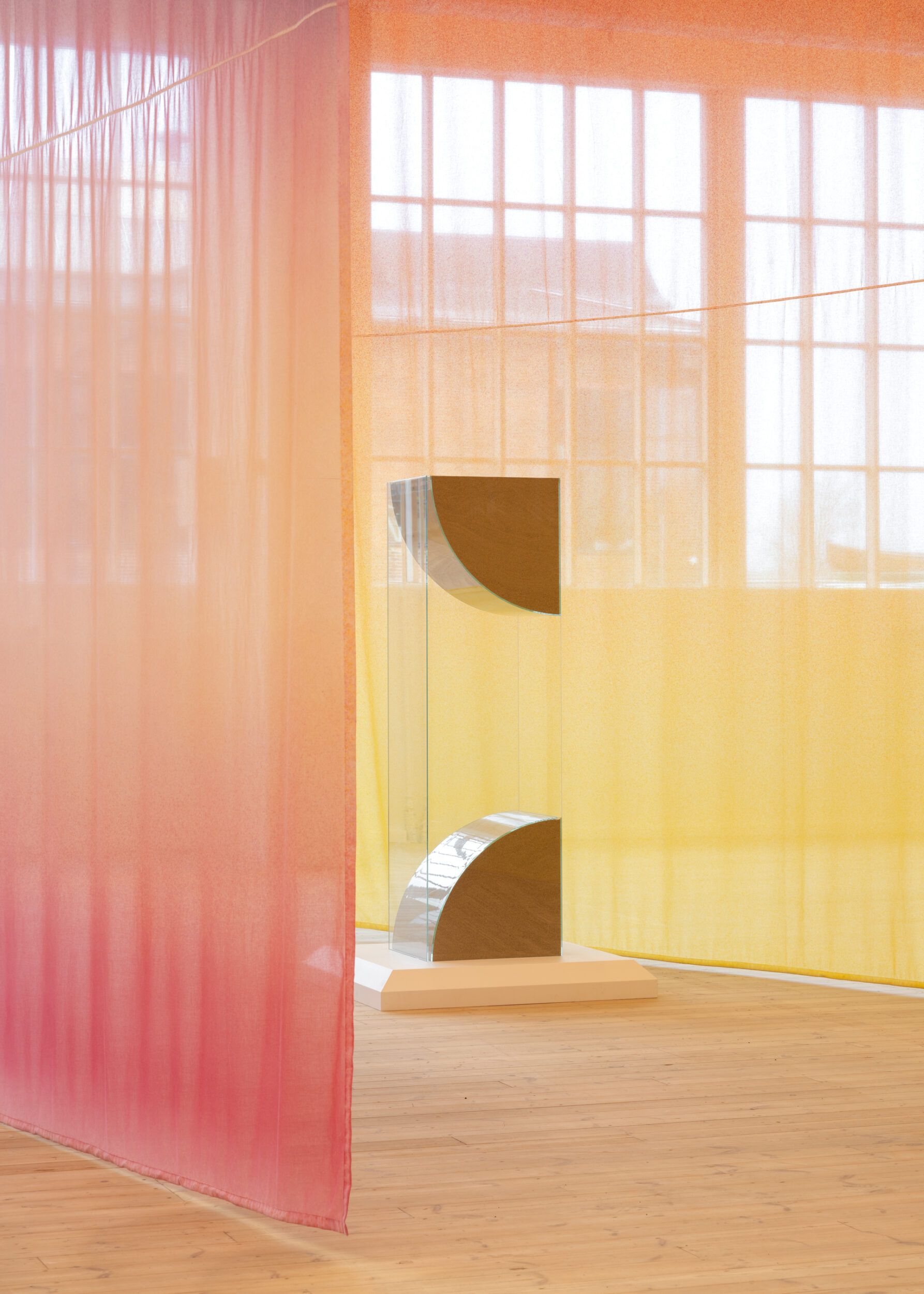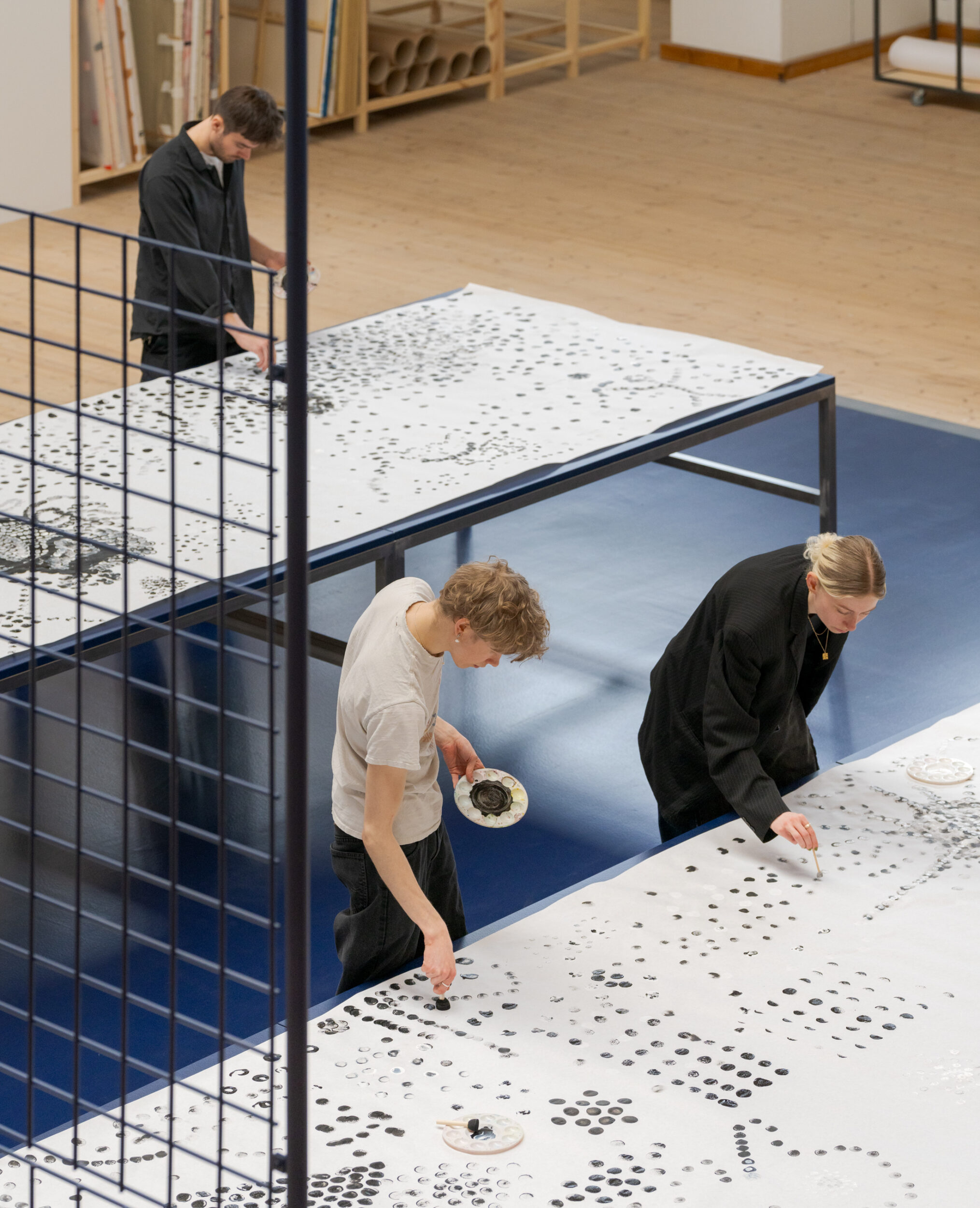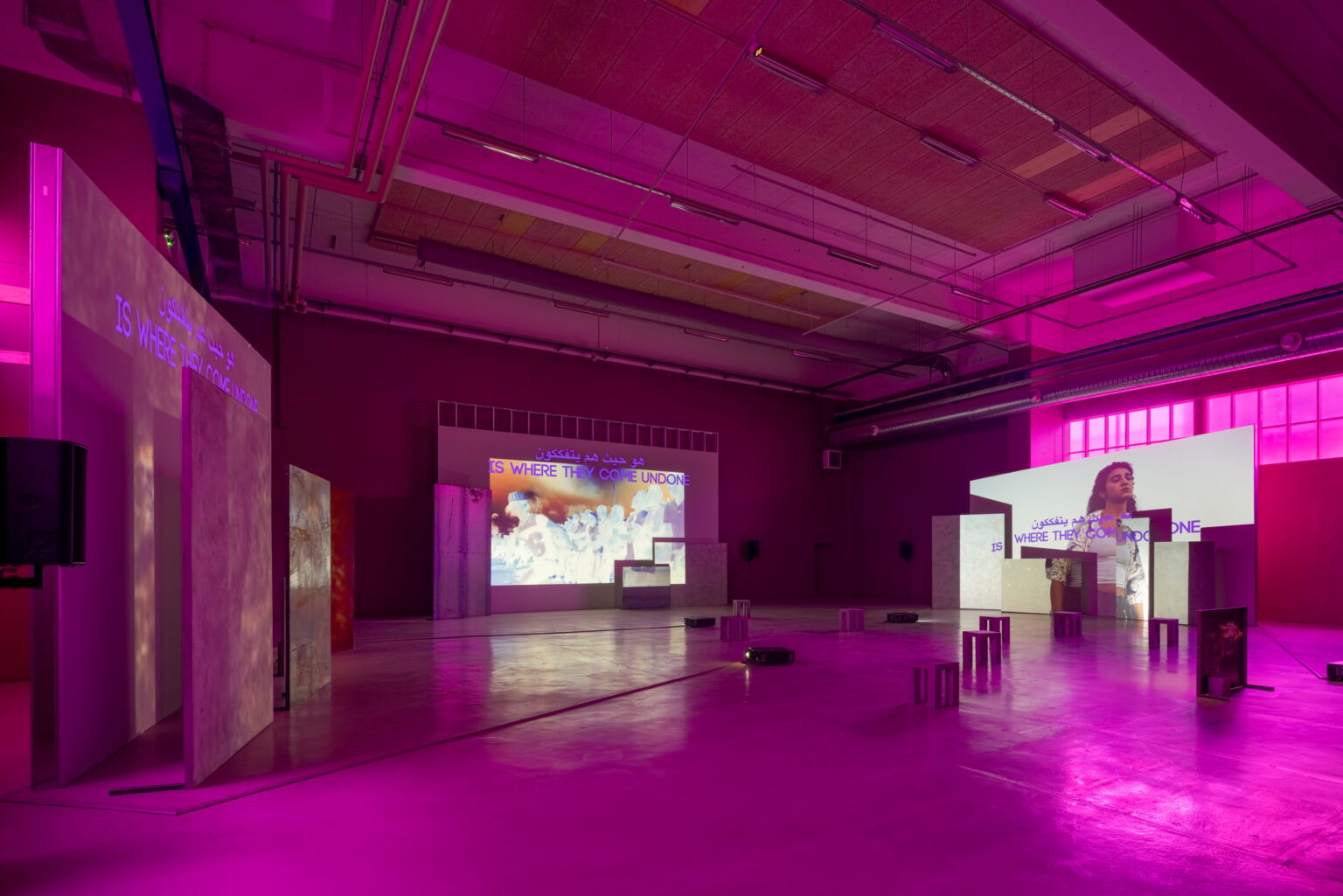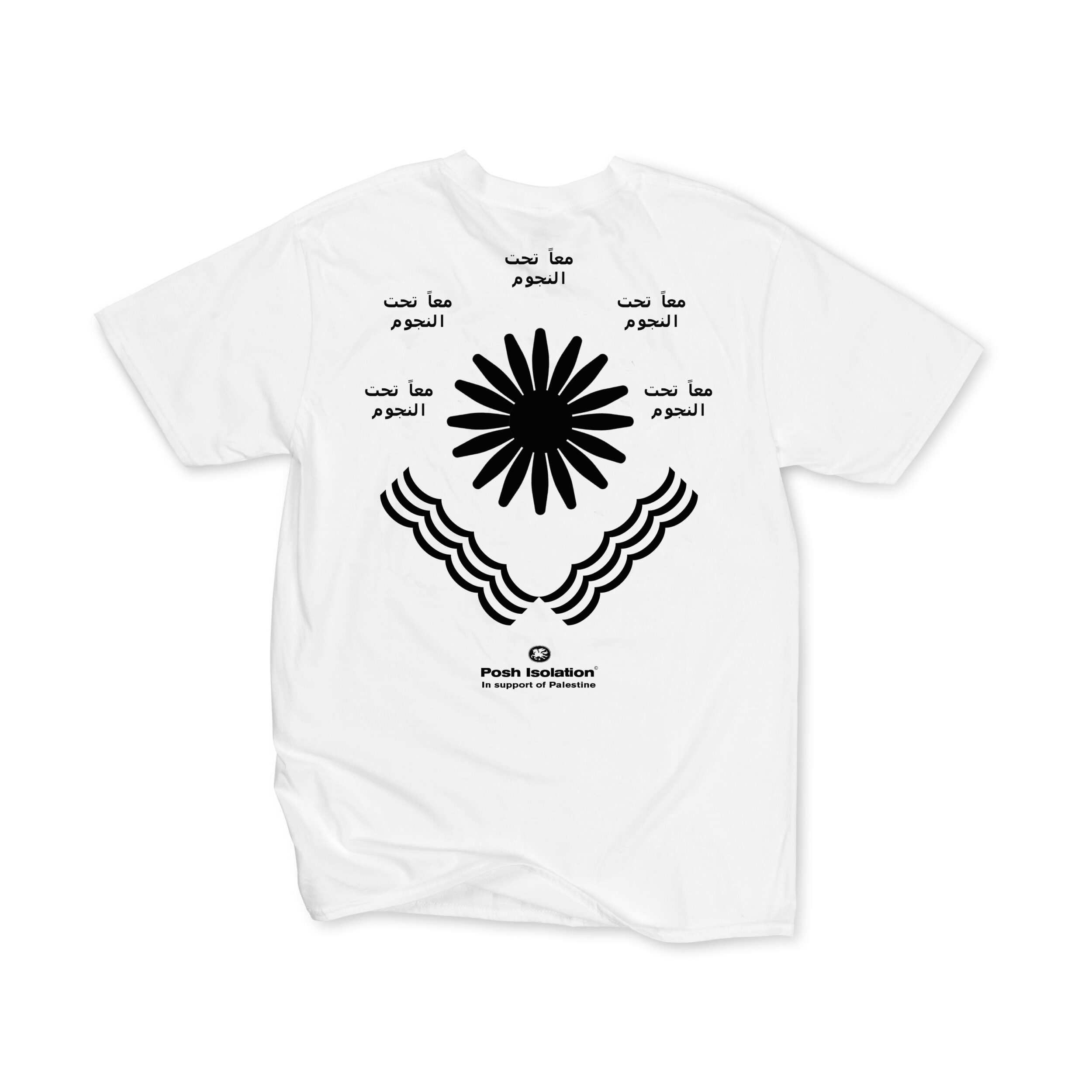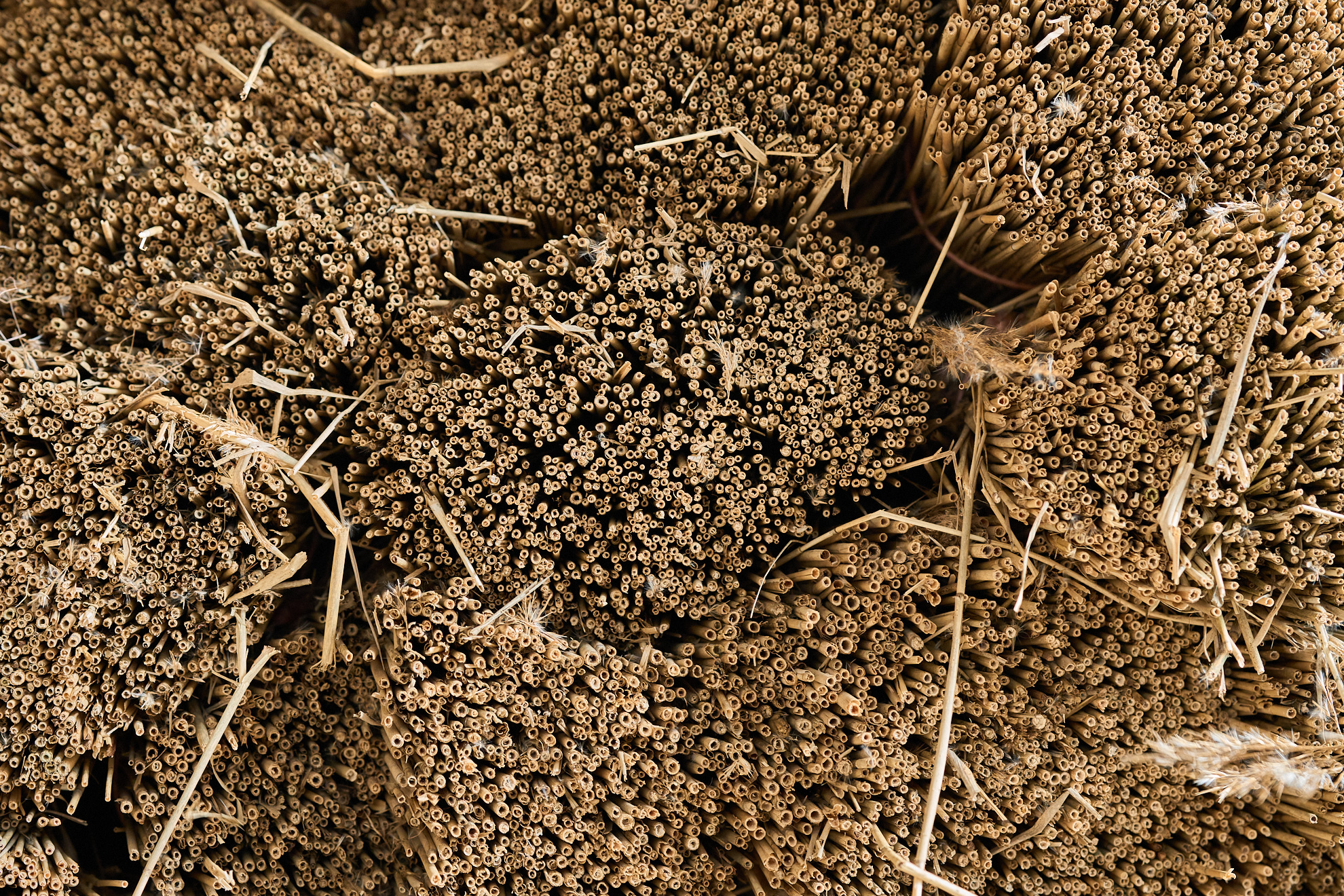
23.6 - 26.11.23
Experience the international artist Abbas Akhavan for the first time in the Nordic region with a large solo exhibition spread across CC and the Glyptotek.
Abbas Akhavan
curtain call
Interview
The exhibition
In the exhibition curtain call Akhavan recreates Palmyra’s treasured columns and Iraq’s looted National Museum, with works speaking about Syria and Iraq’s lost and war-torn cultural heritage – exactly 20 years after the invasion of Iraq and 10 years after Palmyra was inscribed on UNESCO’s List of World Heritage in Danger. The exhibition curtain call is the first in a three-year series of exhibitions with the Glyptotek, that will present new perspectives on Middle Eastern cultural heritage and its significance today.
The world is full of untold and silenced stories transmitted for generations by people and artefacts migrating across time, borders, and historical events. How should their stories be told and who has the right to tell them? In a new three- year exhibition collaboration, CC and the Glyptotek will shed light on some of the questions that arise in a global world where people and cultural heritage are constantly on the move.
The first exhibition in the series is titled curtain call and created by the Montreal-based artist Abbas Akhavan (b. 1977, Tehran). In his first solo exhibition in the Nordic region, Akhavan presents two of his largest installations on view together for the first time: cast for a folly (2019–) and variations on a folly (2021–). With rustic columns, vibrating green screens and dusty, theatre props, Akhavan re-stages existing architectural sites and historical events displaced in time and place and unsettling in their message.
On display at CC is variations on a folly, a monumental architectural total installation where 19 five-metre-tall columns, also made of cob, rise on a gigantic green stage painted as a chroma key green screen, a technology typically used in the film and advertising industry to create new digital realities. A diffuse sound of pink noise lingers softly in the space. The work is a reference to the colonnade that once led up to the spectacular triumphal arch in Palmyra. There, in present-day Syria, are the ruins of a magnificent city that was once a cultural centre of the ancient world. The triumphal arch was destroyed during the Islamic State’s occupation of Palmyra in 2015. Subsequently it was replicated in marble by the British and American Institute for Digital Archaeology using 3D imaging technology and displayed in Trafalgar Square in London.
At the Glyptotek, the installation cast for a folly is shown exactly 20 years after the US invaded Iraq with allied countries including Denmark. The installation is a theatrical staging of a photograph of the lobby of the National Museum of Iraq in Baghdad, taken shortly after it was looted during the invasion of Iraq in 2003. The furniture is constructed in fragments and the Assyrian lion sculpture in heavy basalt has been resurrected out of cob, an ancient building material made from sand, clay, water and straw. A kicked-in door has become a green screen, while water lilies float in a plastic container. Now occupying a different time and space, the re-staging of the looted museum asks: Who inherits the ruins of war?
About the works, Abbas Akhavan says:
“While I am interested in ruins and care about the preservation of cultural heritage, the objective of these works isnot nostalgia for the Iraq Museum or Palmyra Arch, but rather the ways these sites become charged and disturbed as images in the collective imagination.”
The joint exhibition program, Hosting Histories: Revisiting Cultural Heritage of the Middle East and Beyond, gives three international contemporary artists, either residing in the Middle Eastern region or belonging to Middle Eastern diasporas, access to the Glyptotek’s ancient collections and the opportunity to develop a solo exhibition across both institutions. Together with CC and the Glyptotek, the artists will revisit some of history’s silenced and untold stories and – through their own works – bring forward new perspectives on how these stories can be voiced today.
The curatorial objective of the first exhibition focuses on the travelling objects of cultural heritage and the notion of them as ‘cultural migrants’. Objects of cultural heritage are more than just physical traces of a bygone past; they hold their own stories, experiences, journeys and tragedies and, like people, they can become displaced as casualties or agents of war and geopolitical conflict. The exhibition curtain call addresses a range of open-ended questions spanning time, cultural differences and geographical distances.
About Abbas Akhavan
Abbas Akhavan (b. 1977, Tehran) lives and works in Montreal. Recent solo exhibitions include Chisenhale Gallery, London (2021), CCA Wattis Institute, San Francisco (2019), Fogo Island Gallery, Fogo Island (2019) and Museum Villa Stuck, Munich (2017). He has participated in international group exhibitions, including the Gwangju Biennale (2023), Palais de Tokyo, Paris (2022), SALT Galata, Istanbul (2017) and the Solomon R. Guggenheim Museum, New York (2016). Akhavan is the recipient of the Fellbach Triennial Award (2017), Sobey Art Award (2015), Abraaj Group Art Prize (2014) and Berliner Kunstpreis (2012).
CC / Glyptoteket
Two very different cultural institutions in Denmark, the largest institution for contemporary art Copenhagen Contemporary (CC) and the 126-year-old leading art museum Glyptoteket, have instigated an innovative and unconventional collaboration. Under the title Hosting Histories: Revisiting Cultural Heritage of the Middle East and Beyond the institutions will present three solo exhibitions with three international artists over the next three years (2023–25). The artists either reside in the Middle East or belong to Middle Eastern diasporas. In collaboration with curators from both institutions, the artists are given access to the Glyptotek’s Middle Eastern antiquities collections and, through their own work, interpret and reflect upon the significance of cultural heritage today. With this more than 3,000-year-old material as a historical backdrop, the artists create one exhibition spanning both institutions, contributing to broader and more contemporary storytelling about antiquity – stories that can increase our understanding of the ancient world’s diversity and mobility and, not least, that expand the notion of the geographical far beyond the national and cultural borders we know today.
Reduceret billetpris
Med en billet fra CC kan du samme dag få reduceret prisen på indgangsbilletten til Glyptoteket med 20% og se resten af Abbas Akhavans udstilling curtain call. CCs medlemmer kommer gratis ind på Glyptoteket i hele udstillingsperioden. Det samme gælder omvendt for Glyptotekets gæster og årskortholdere hos CC.
Supported by
The three-year collaboration is generously supported by:
Den Obelske Familiefond
curtain call is generously supported by:
A.P. Møller og Hustru Chastine Mc-Kinney Møllers Fond til almene Formaal
Embassy of Canada to Denmark, in Copenhagen
Canada Council for the Arts
